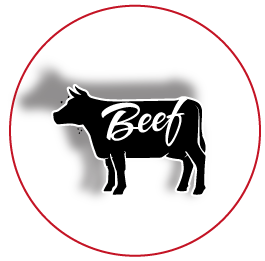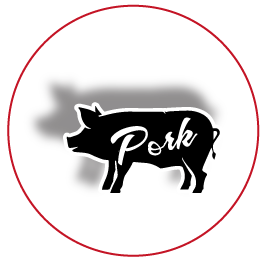

Lap Xuong sausage is a generic term referring to the many different types of sausages originating in China. The southern flavor of Lap Xuong is commonly known by its Cantonese name lap cheong (or lap chong) There is a choice of fatty or lean sausages. There are different kinds ranging from those made using fresh pork to those made using pig livers, duck livers, and even turkey livers. Usually, a Lap Xuong made with a liver will be darker in color than one made without a liver. Recently, there have even been countries producing chicken Lap Xuong sausages. Traditionally they are classified into two main types. It is sometimes rolled and steamed in dim sum. Lap cheong (Cantonese, or simplified Chinese; traditional Chinese; pinyin; Jyutping; Cantonese Yale) is a dried, hard sausage usually made from pork and pork fat. It is normally smoked, sweetened, and seasoned with rose water, rice wine, and soy sauce. Lap Xuong is used as an ingredient in quite a number of dishes in the southern Chinese provinces of Guangdong, Fujian, Jiangxi, Sichuan, and Hunan, and also Hong Kong, Taiwan. Sichuan sausage also contains red chili powder, Sichuan pepper powder, and Pixian bean sauce, to characterize Lap Xuong with a special flavor. Two common examples of such dishes include fried rice and lo mai gai. The traditional unpackaged forms are usually found in street markets or wet markets. In Burmese, Lap Xuong is called either kyet u gyaung (chicken sausage) or wet u gyaung (pork sausage). Lap Xuong made in Myanmar are meatier and more compact compared to those in Singapore or China. Lap Xuong is usually used in fried rice and along with fried vegetables, mostly cabbage.









News
Chinese sausage, also known as lap cheong, is a beloved ingredient in many Asian cuisines. It has a unique flavor profile that is both sweet and savory, and it can be used in a variety of dishes. Over the years, many people have found creative ways to use Chinese sausage in their cooking, and their stories highlight the versatility and deliciousness of this beloved ingredient.
One such story is that of a home cook in Malaysia who uses Chinese sausage in her fried rice. She starts by frying garlic and onions in a wok, then adds diced Chinese sausage and shrimp. Once the sausage and shrimp are cooked through, she adds cooked rice and stir-fries everything together until it is hot and fragrant. The result is a flavorful and satisfying dish that is perfect for a quick weeknight dinner.
Another story comes from a restaurant owner in San Francisco’s Chinatown. The restaurant specializes in dim sum, and one of their most popular dishes is a steamed bun filled with Chinese sausage and egg. The bun is made with a fluffy, slightly sweet dough, and the filling is made with diced Chinese sausage and scrambled eggs. The combination of flavors and textures is irresistible, and the dish is a favorite among locals and tourists alike.

Yet another story comes from a chef in Singapore who uses Chinese sausage in his clay pot chicken rice. He starts by marinating chicken thighs in soy sauce, sesame oil, and other seasonings, then cooks them in a claypot with Chinese sausage, mushrooms, and rice. The result is a hearty and comforting dish that is perfect for a cold winter night.
These stories highlight just a few of the many ways that people use Chinese sausage in their cooking. Whether it’s in fried rice, steamed buns, or claypot chicken rice, Chinese sausage adds a unique and delicious flavor to any dish. So the next time you’re looking for a new ingredient to try, consider picking up some Chinese sausage and experimenting with your own recipes. Who knows, you may discover a new favorite dish that you’ll love for years to come.
